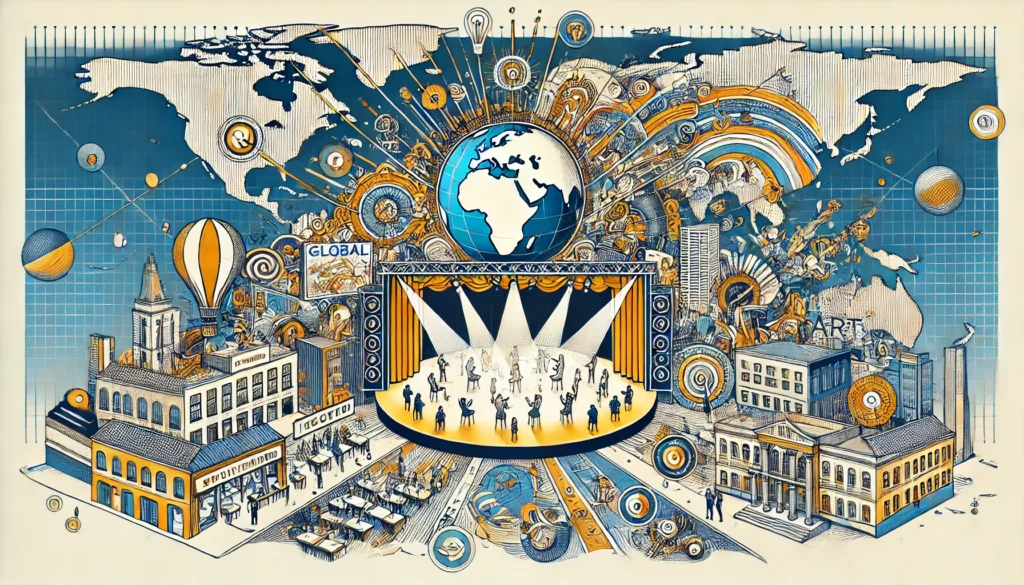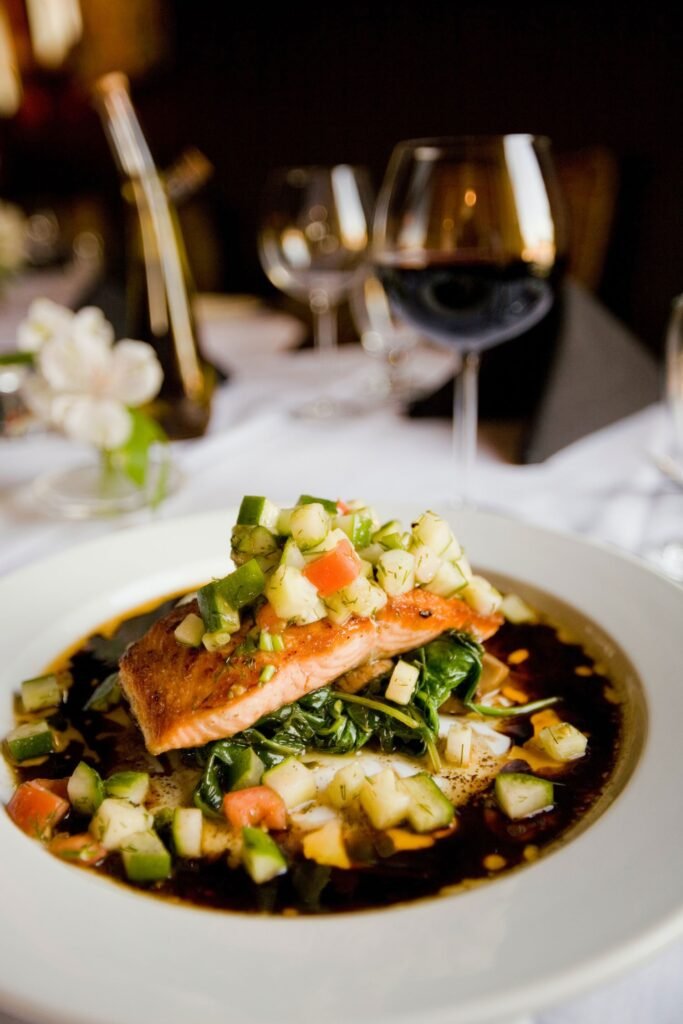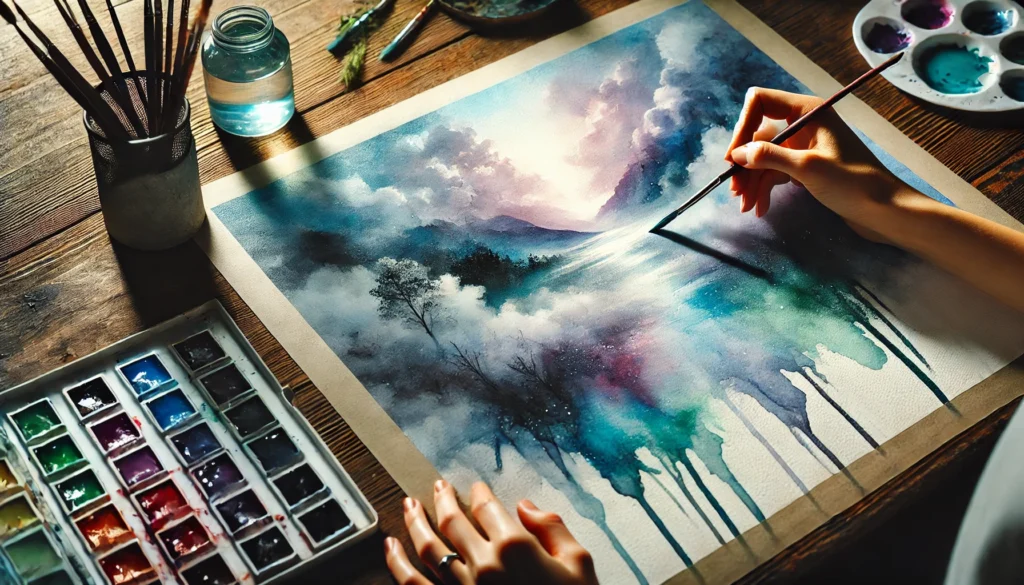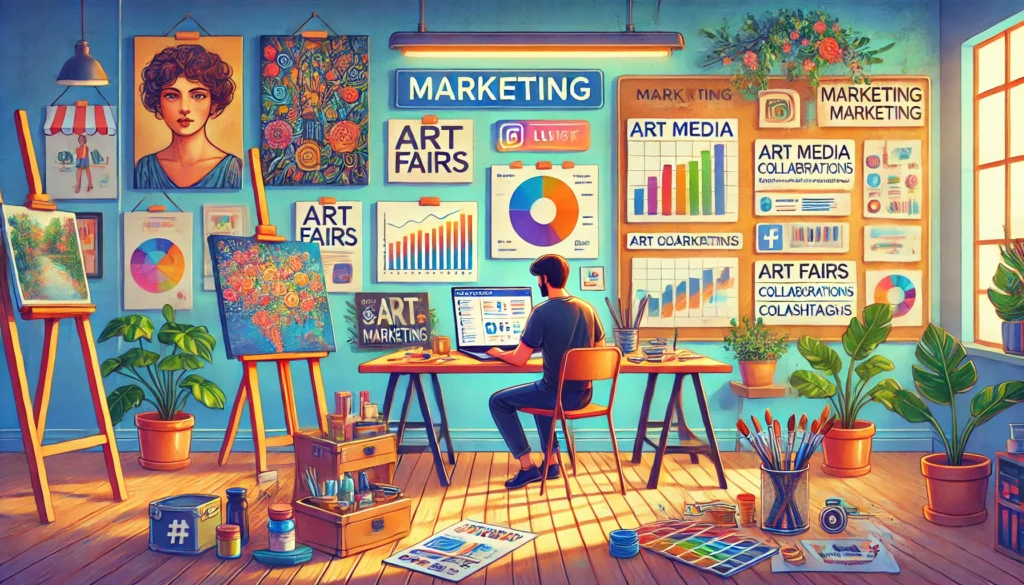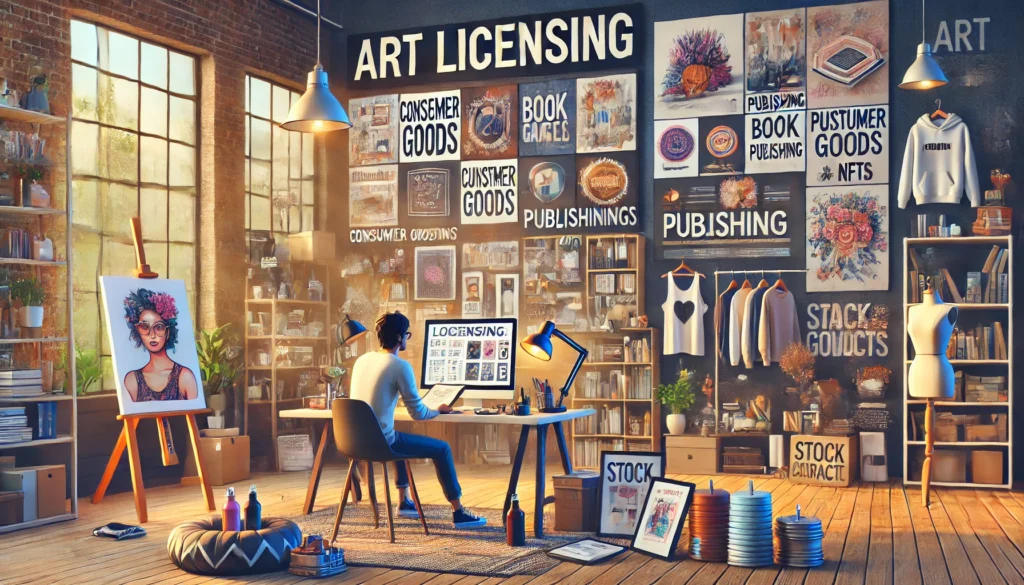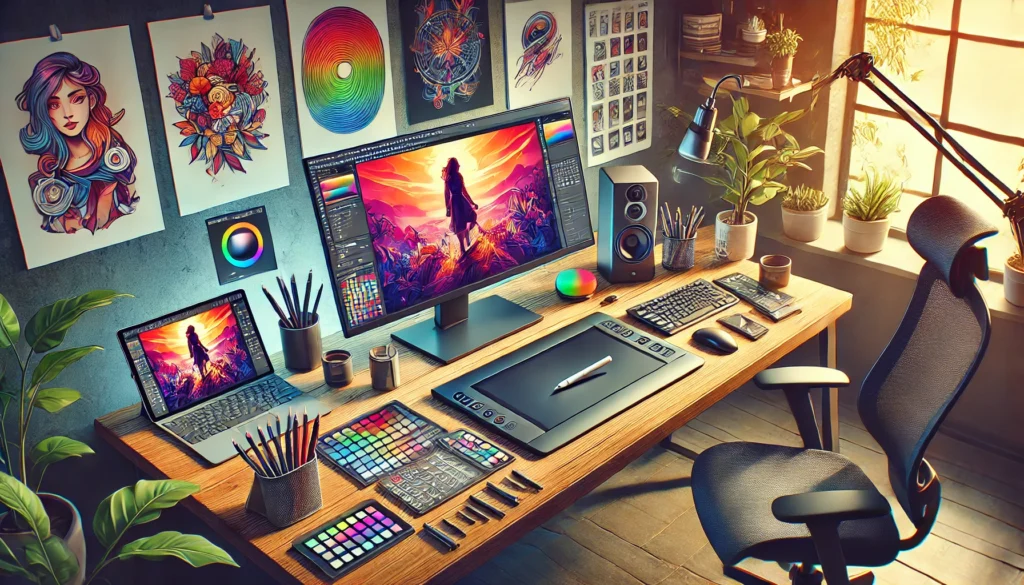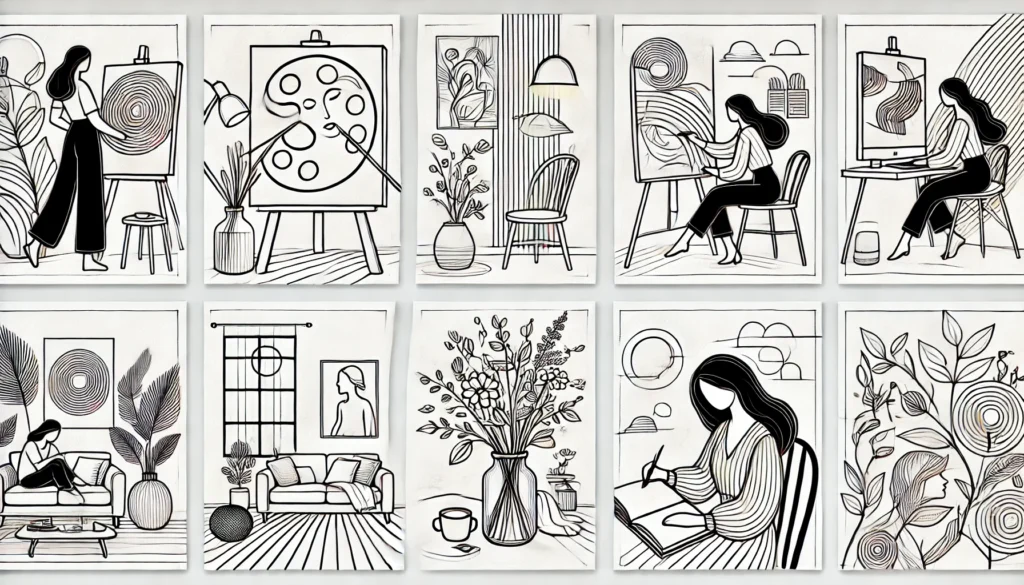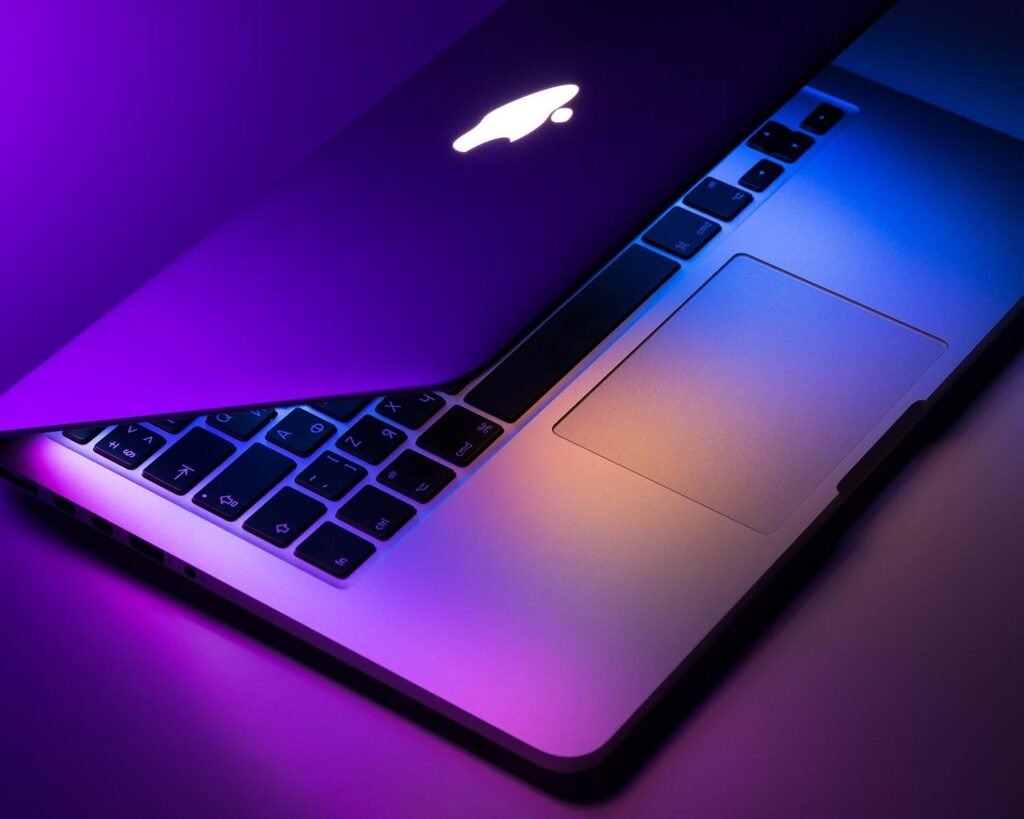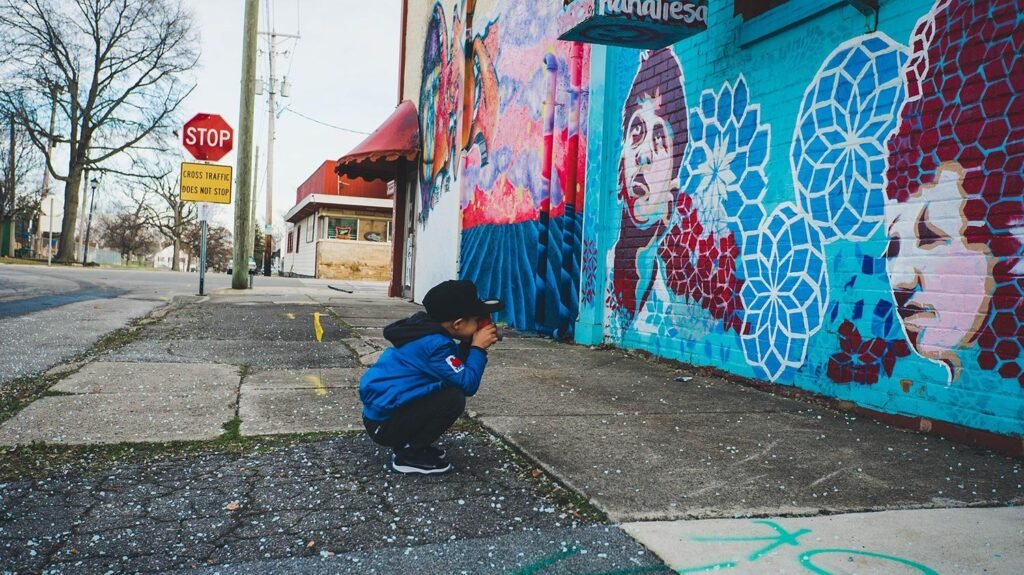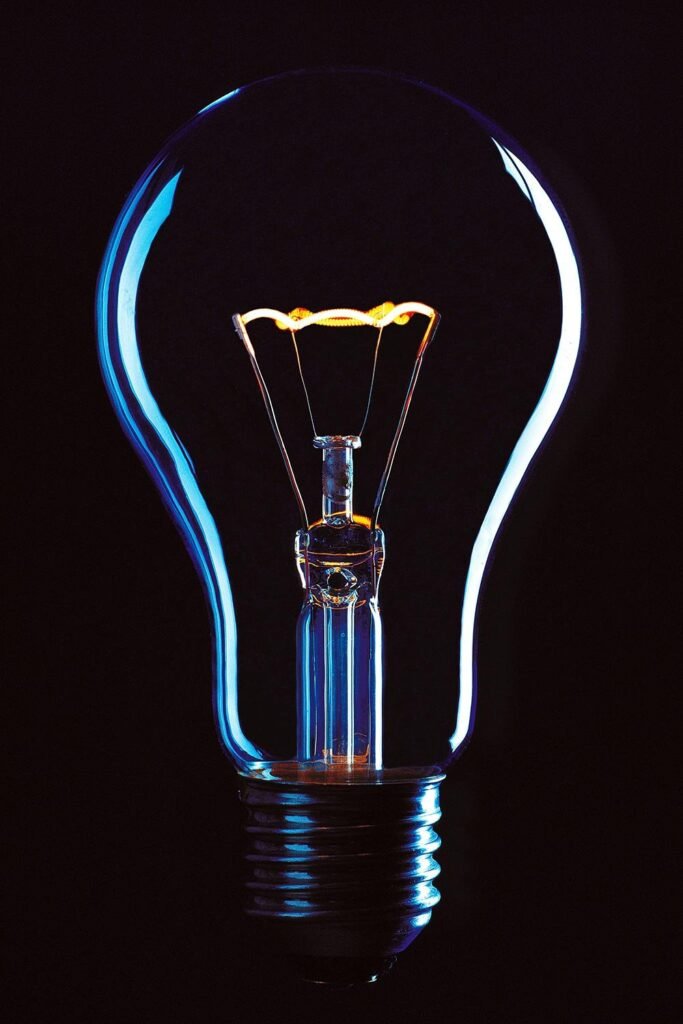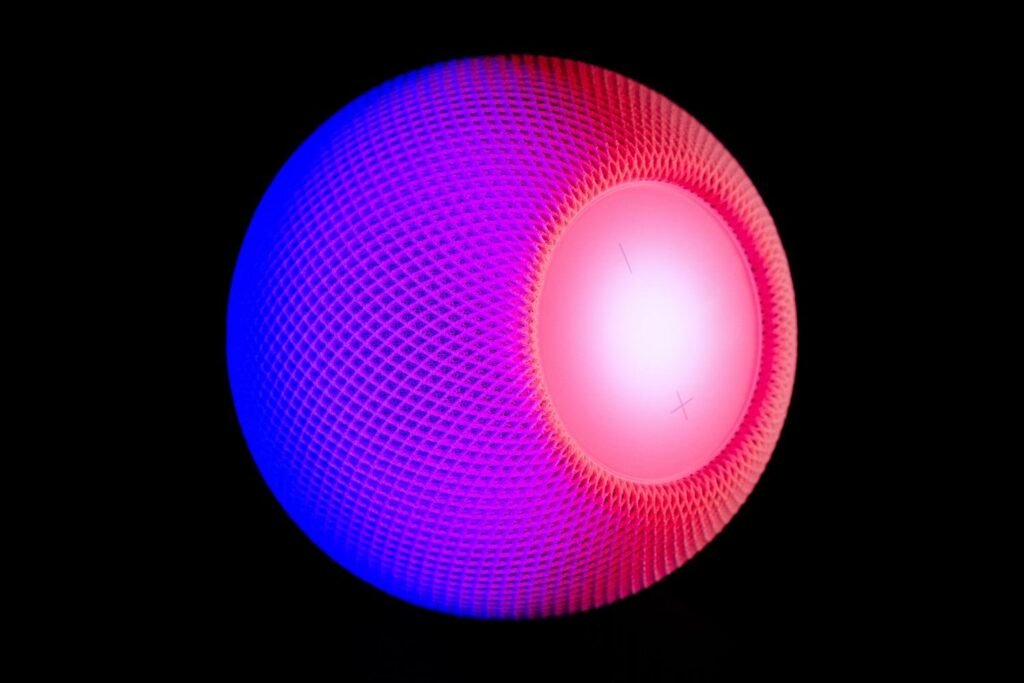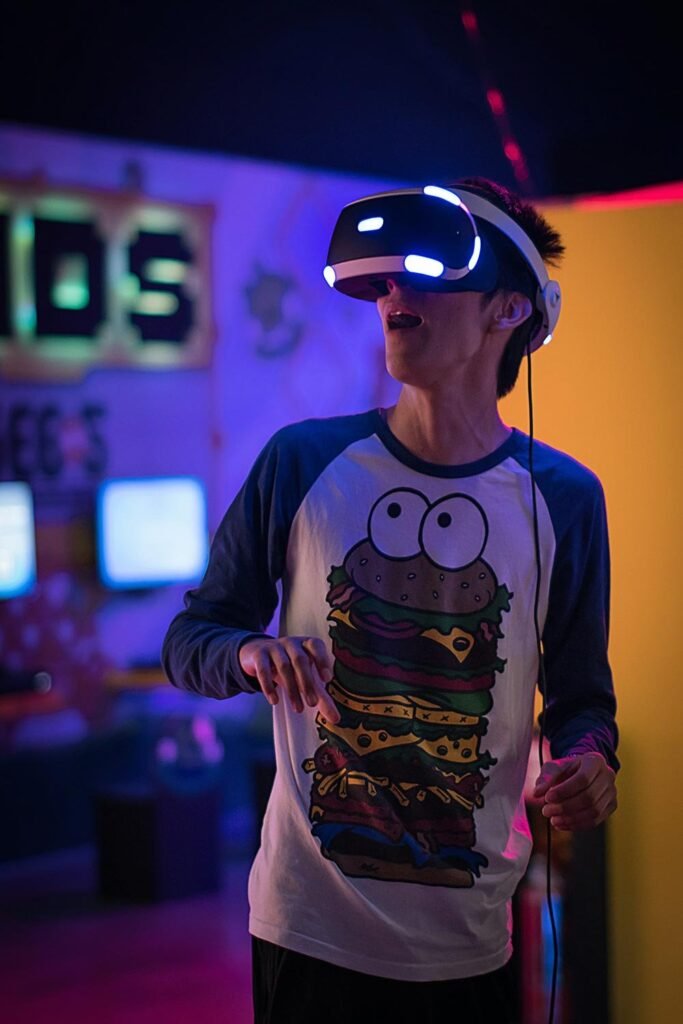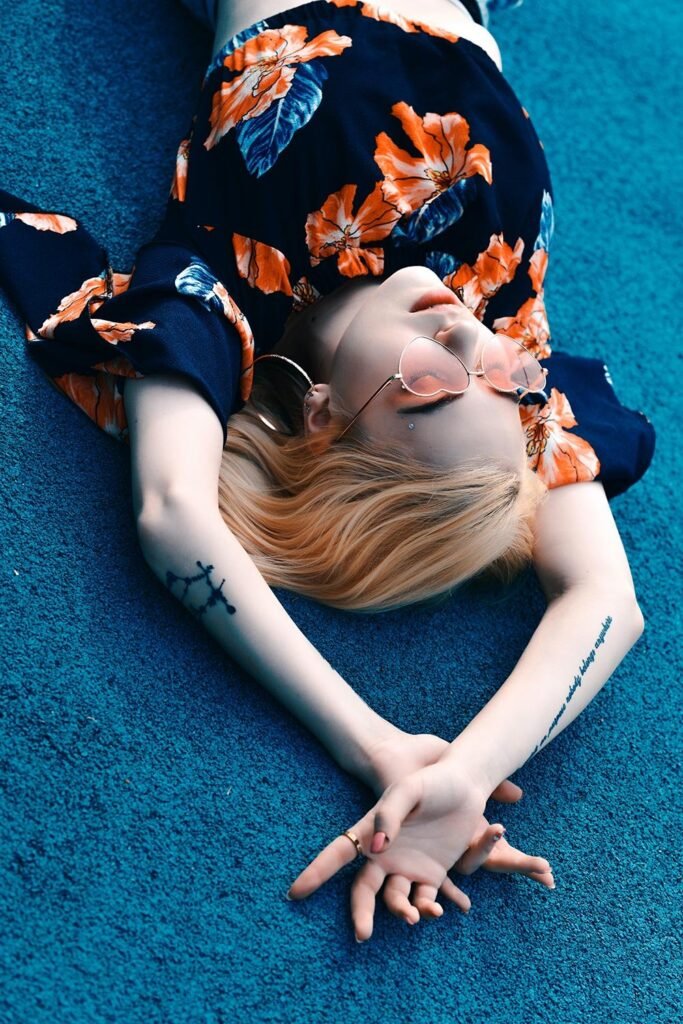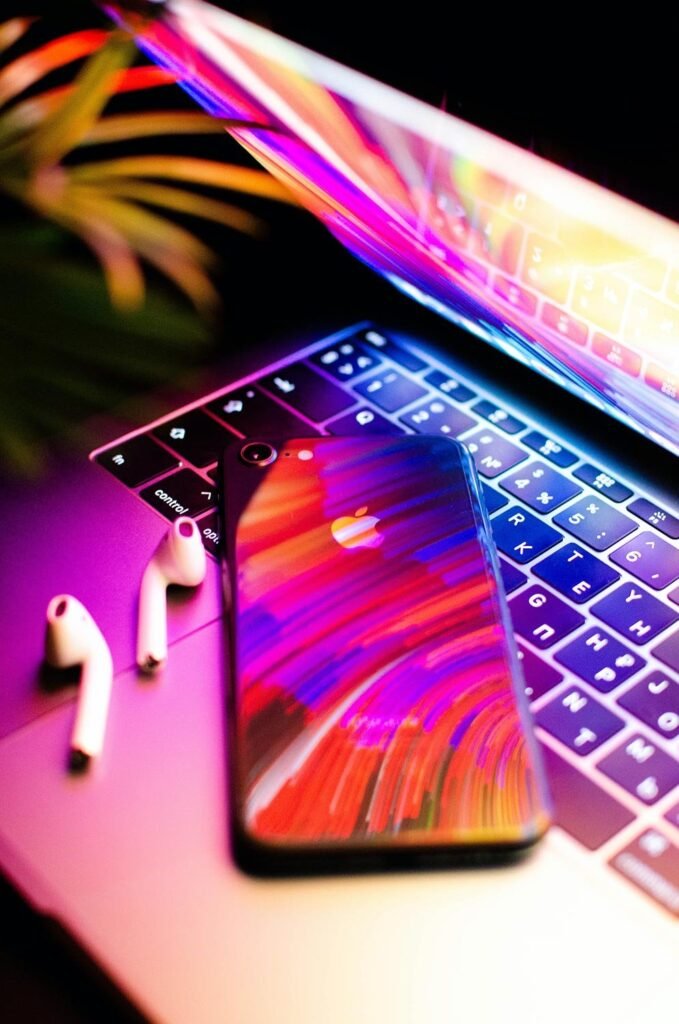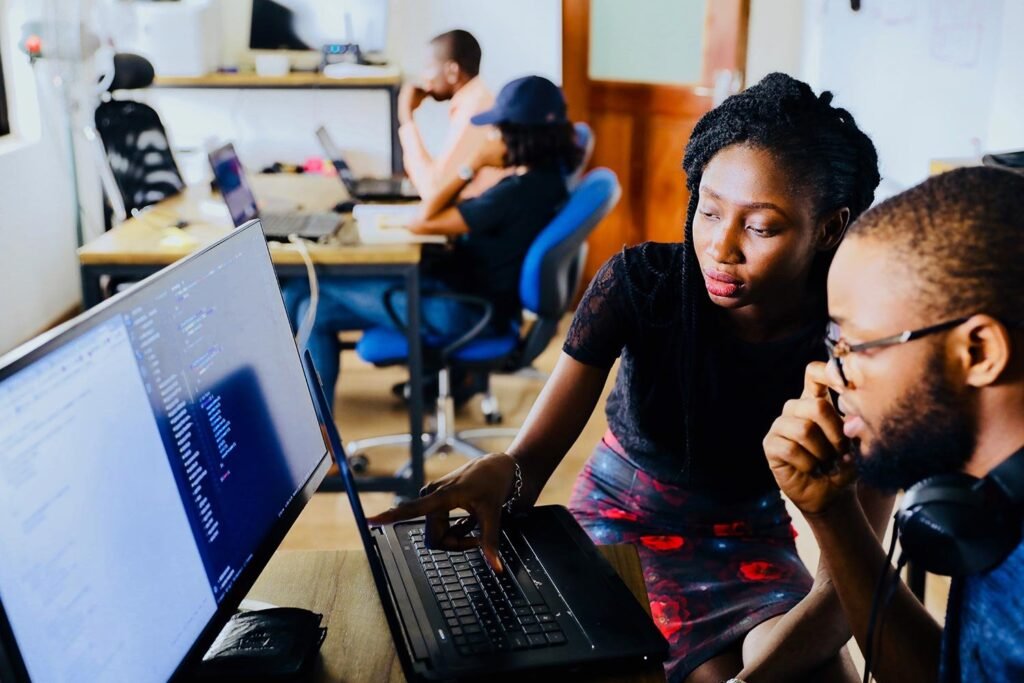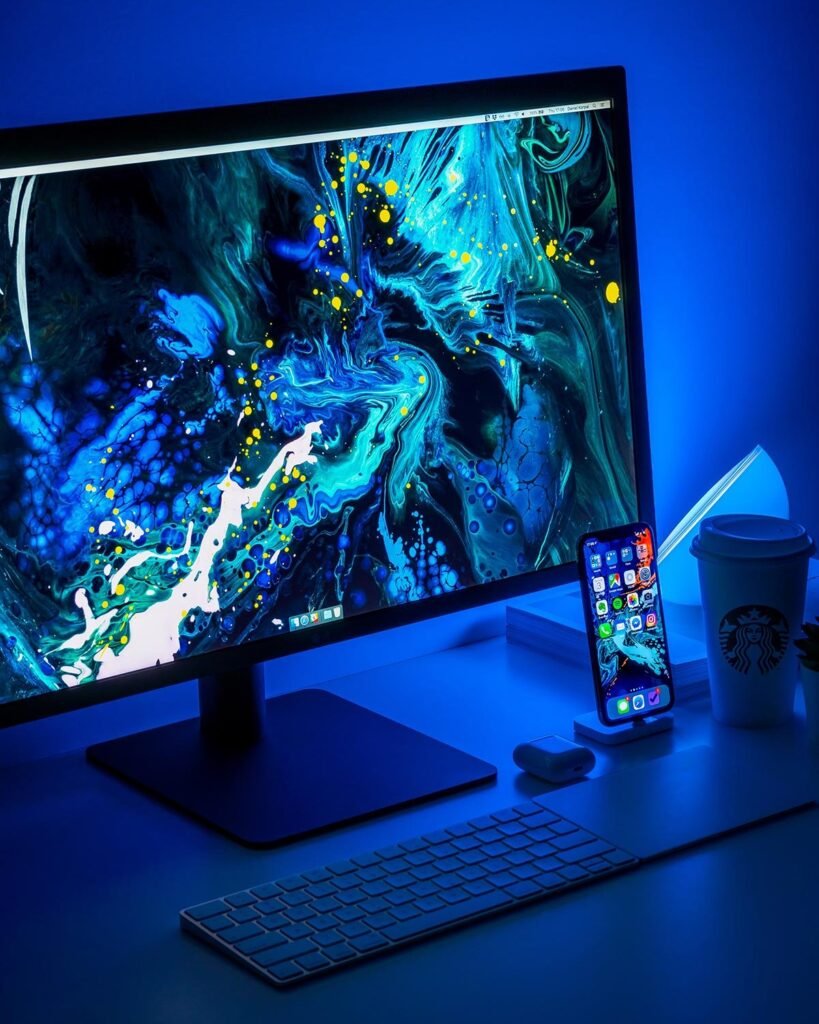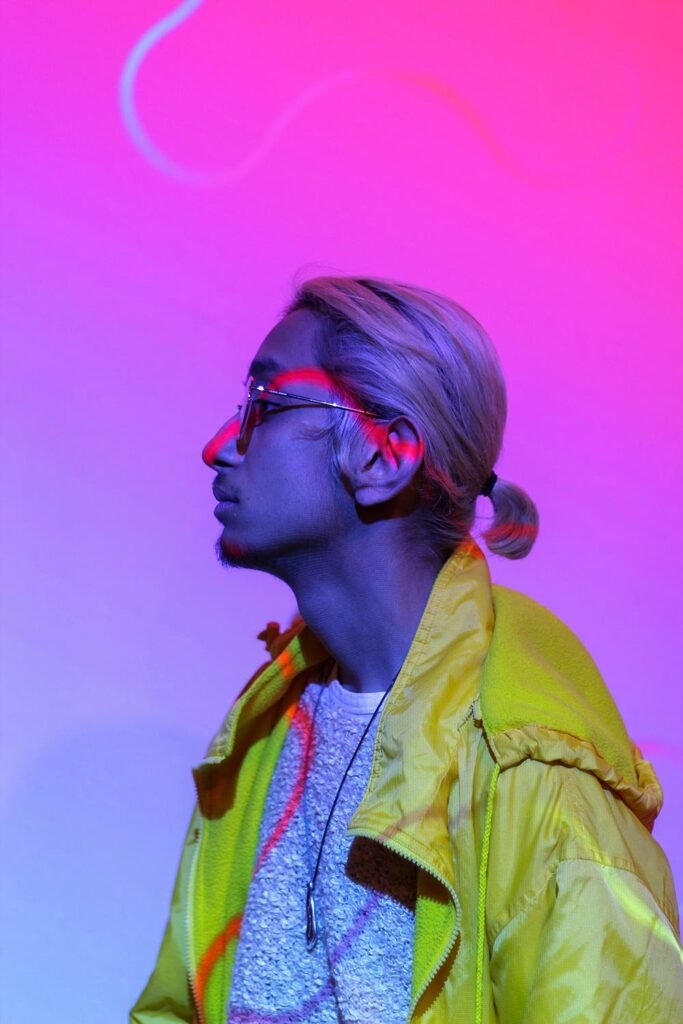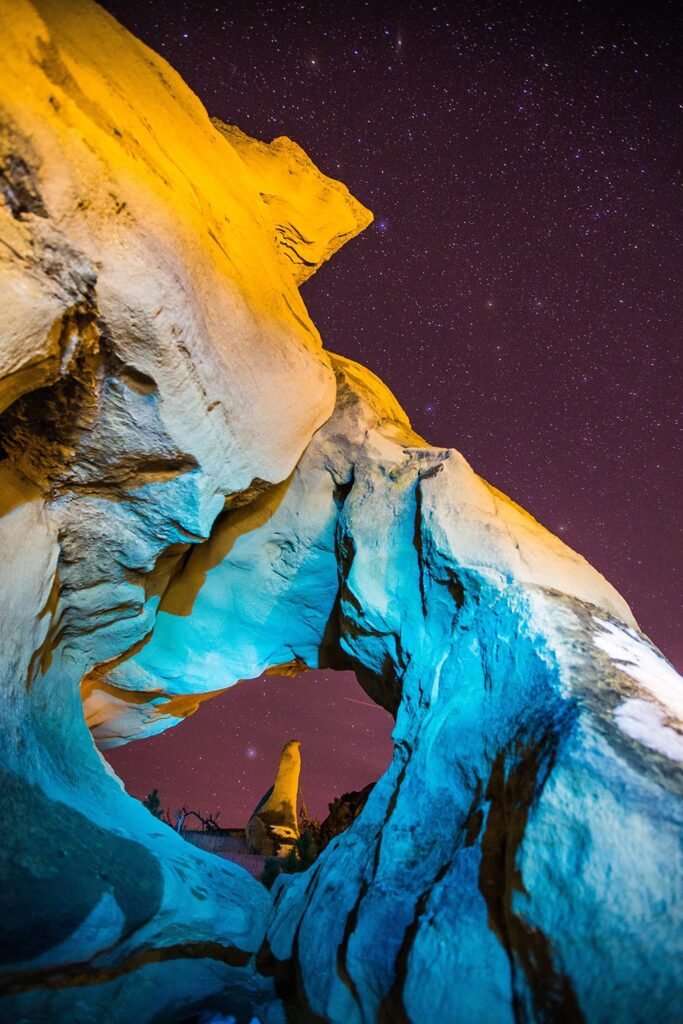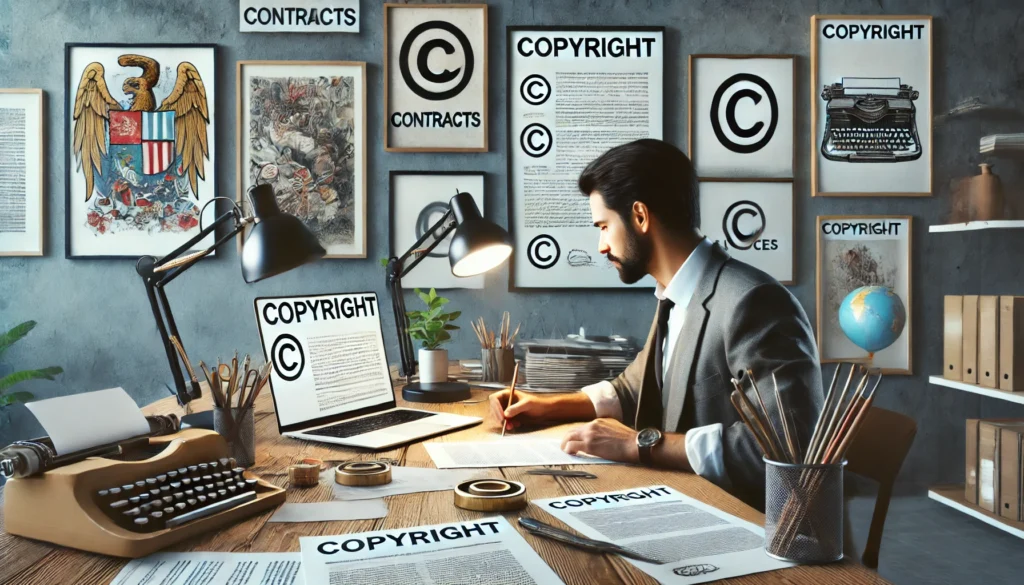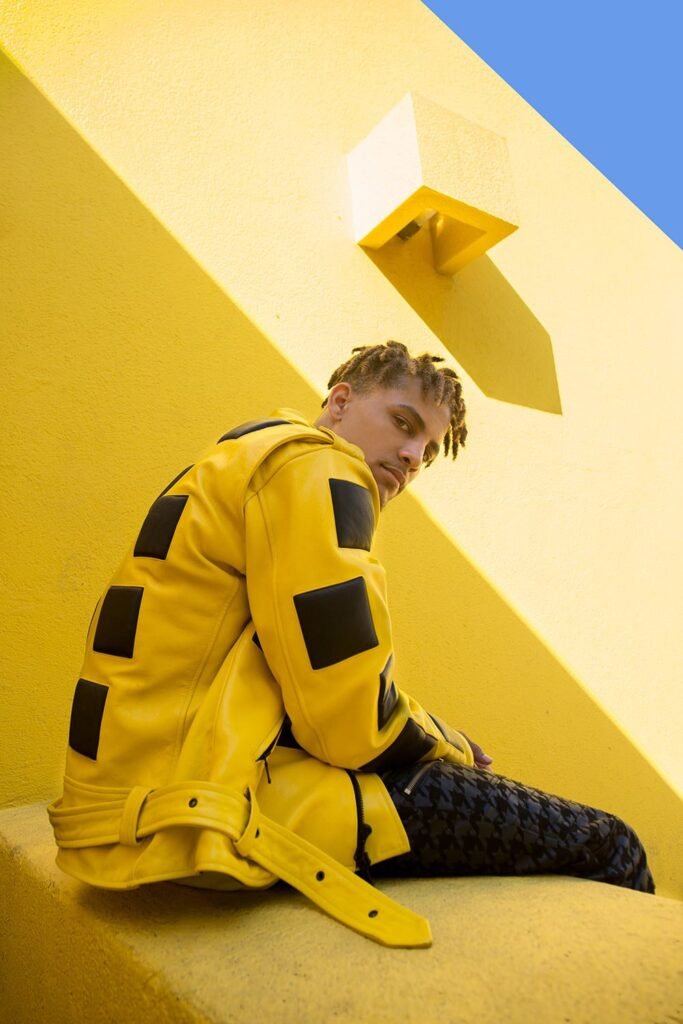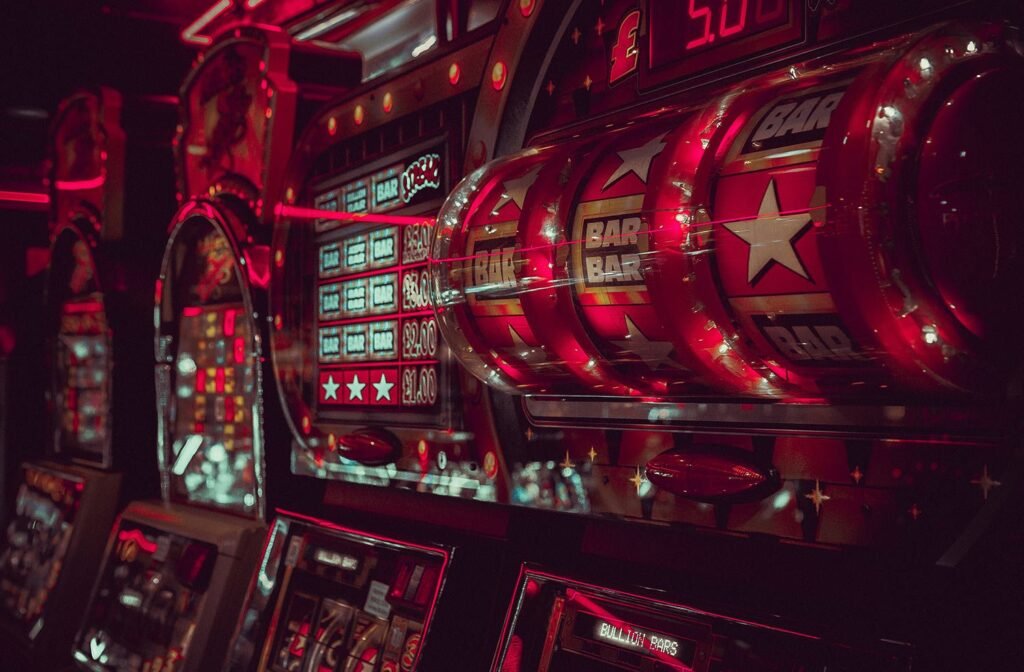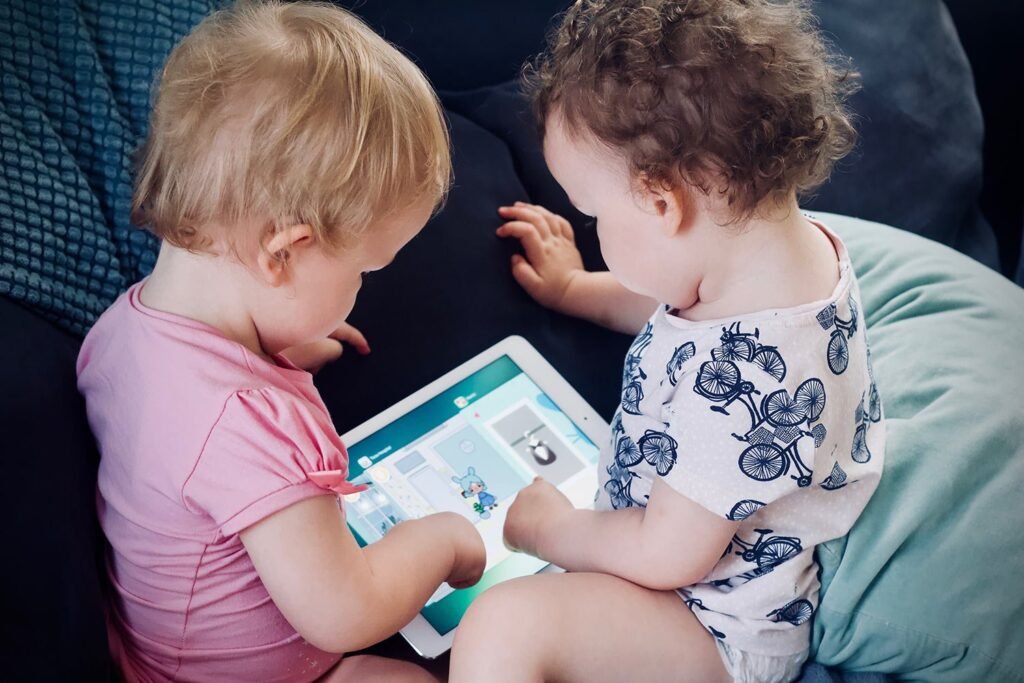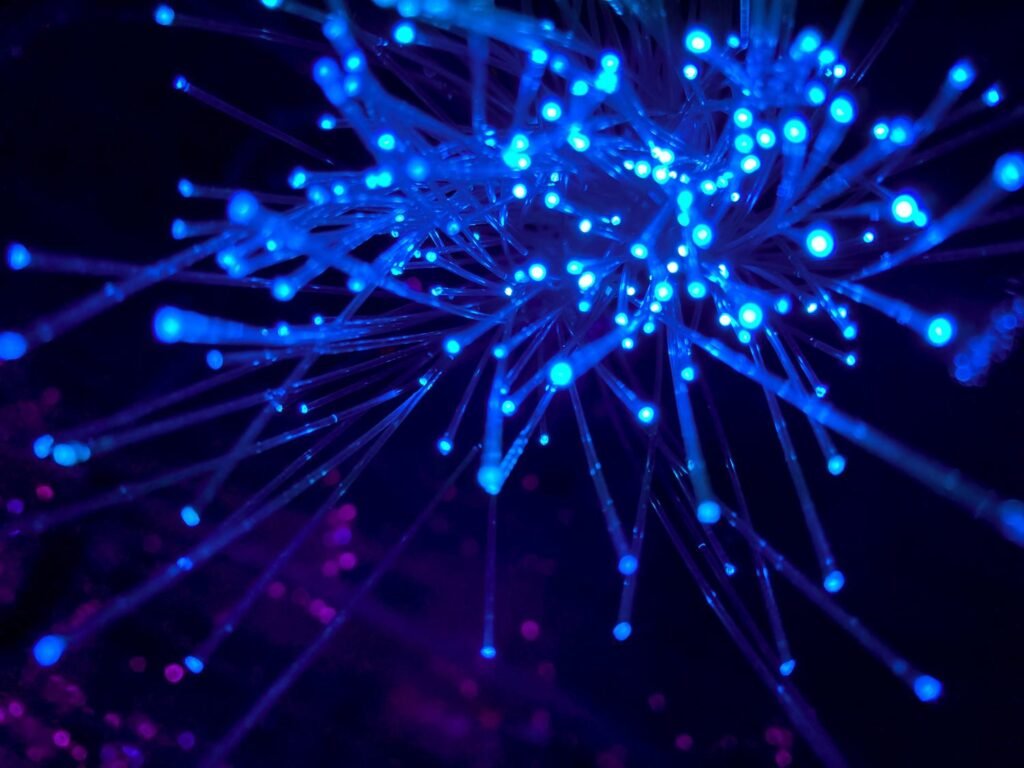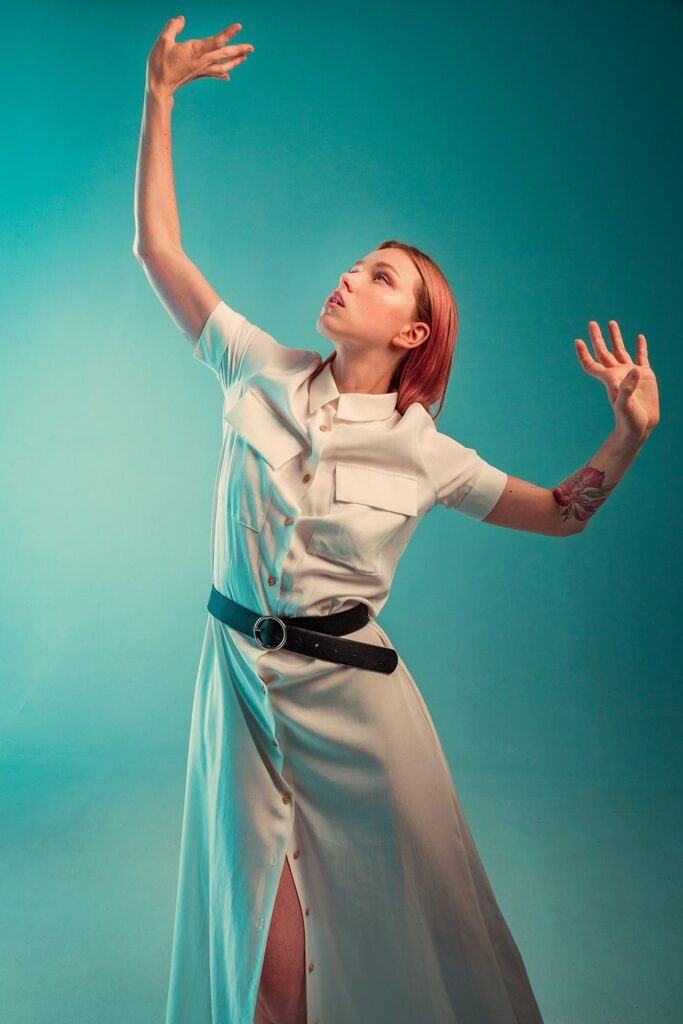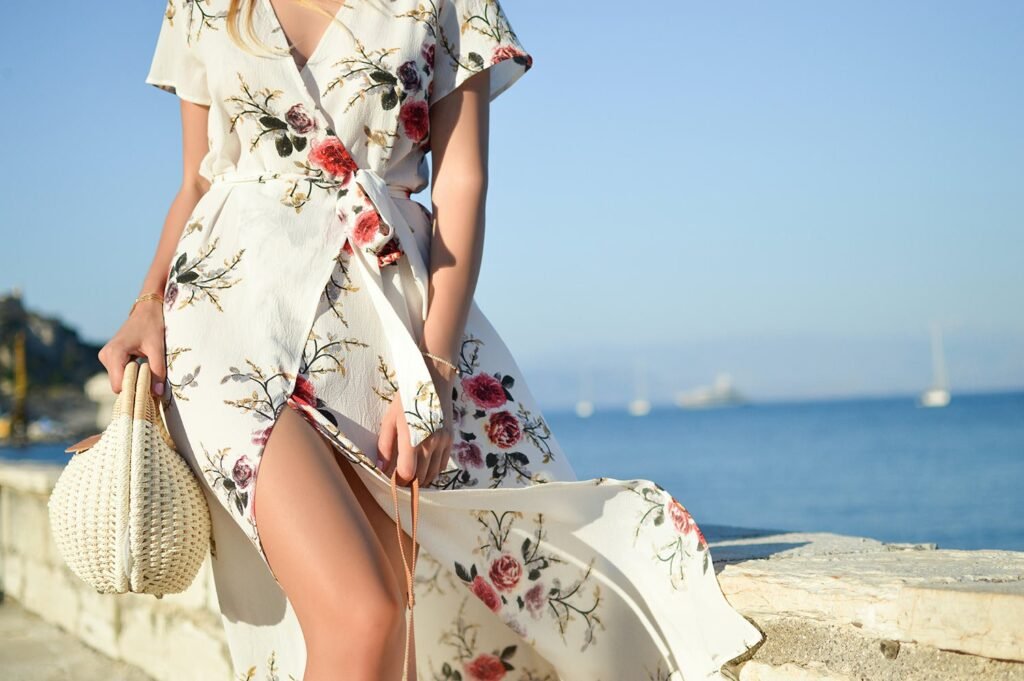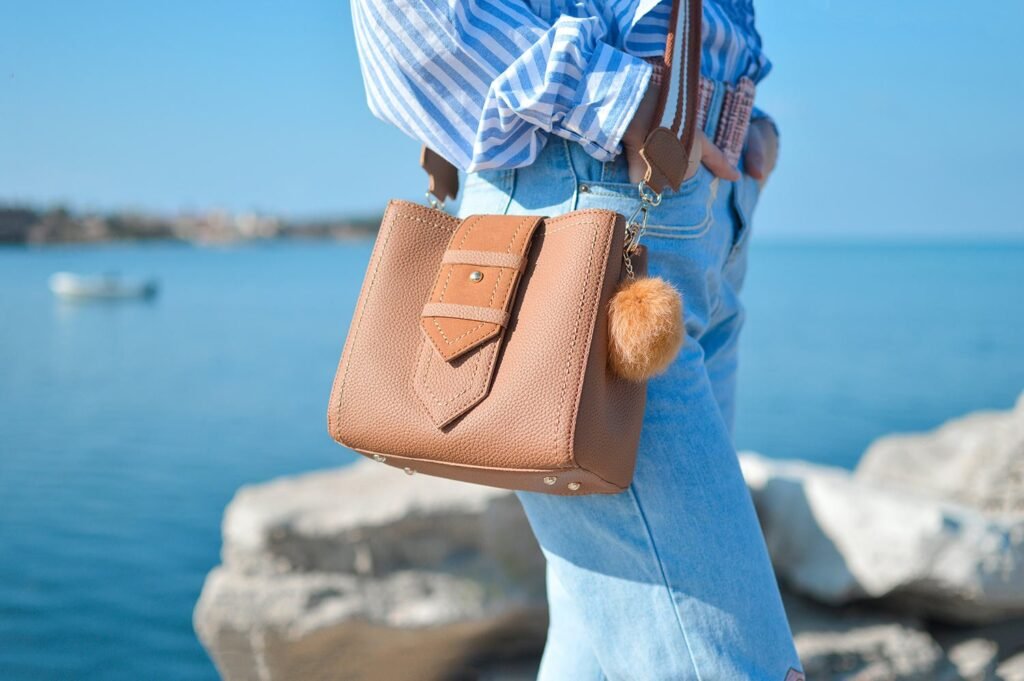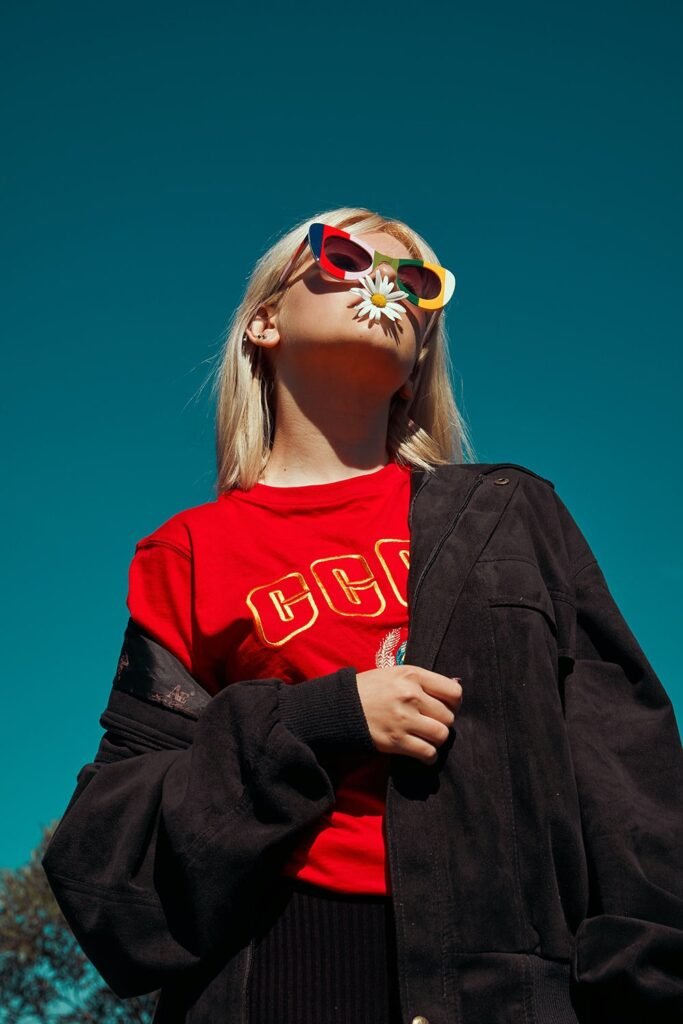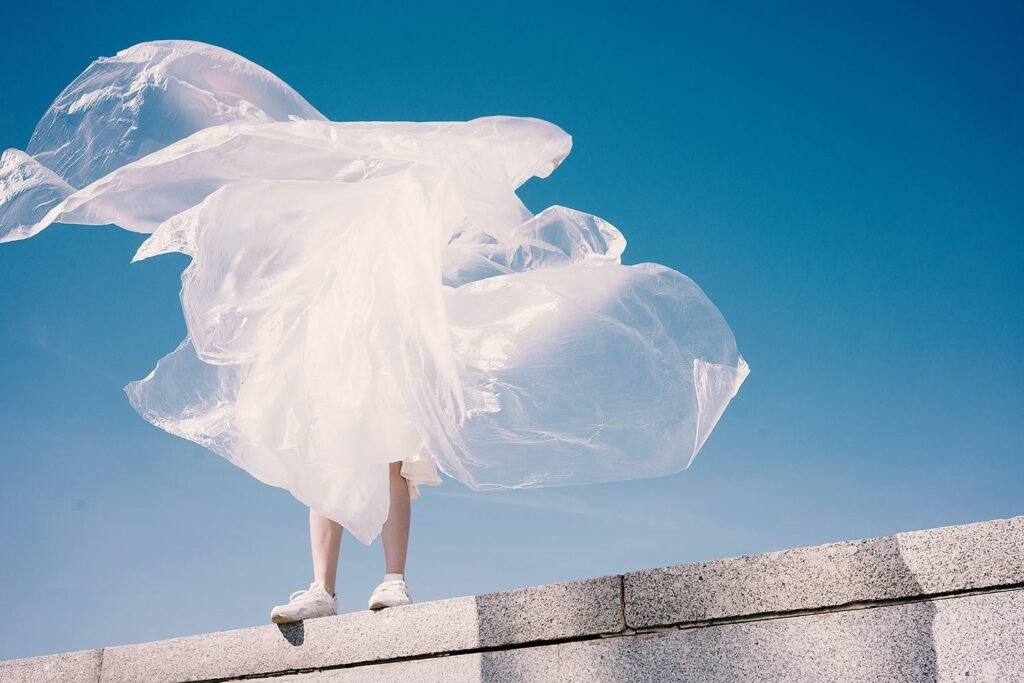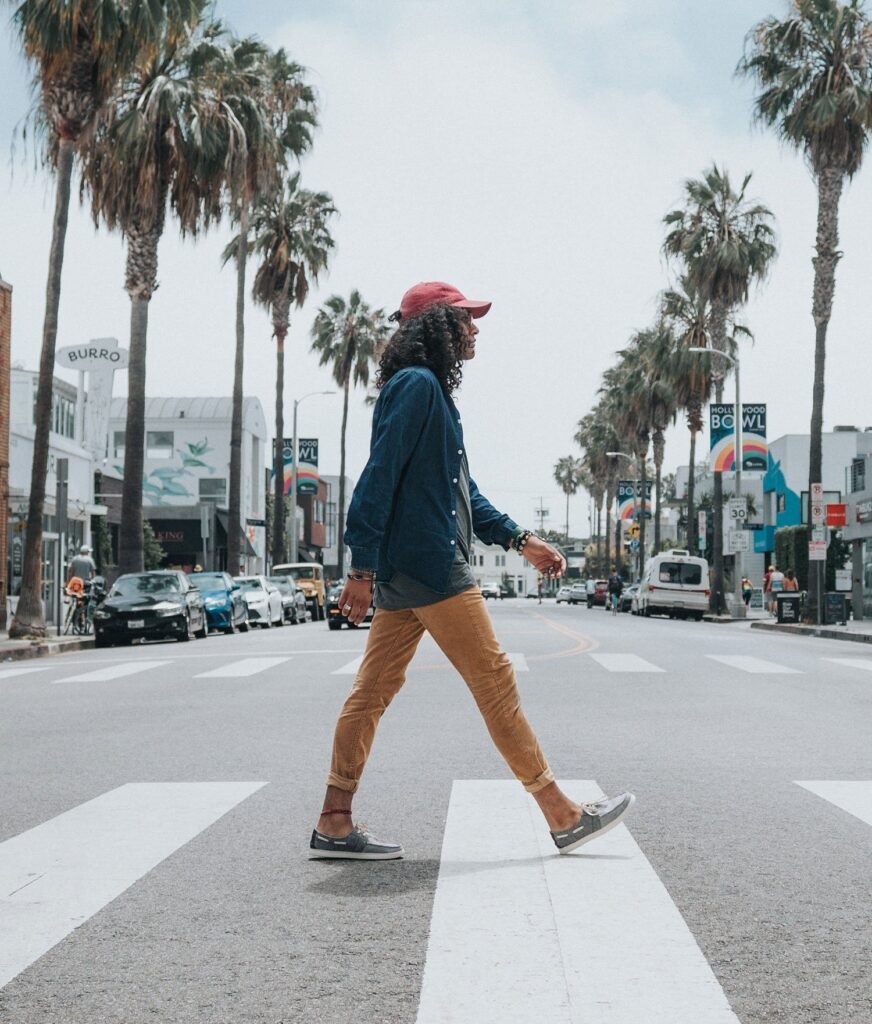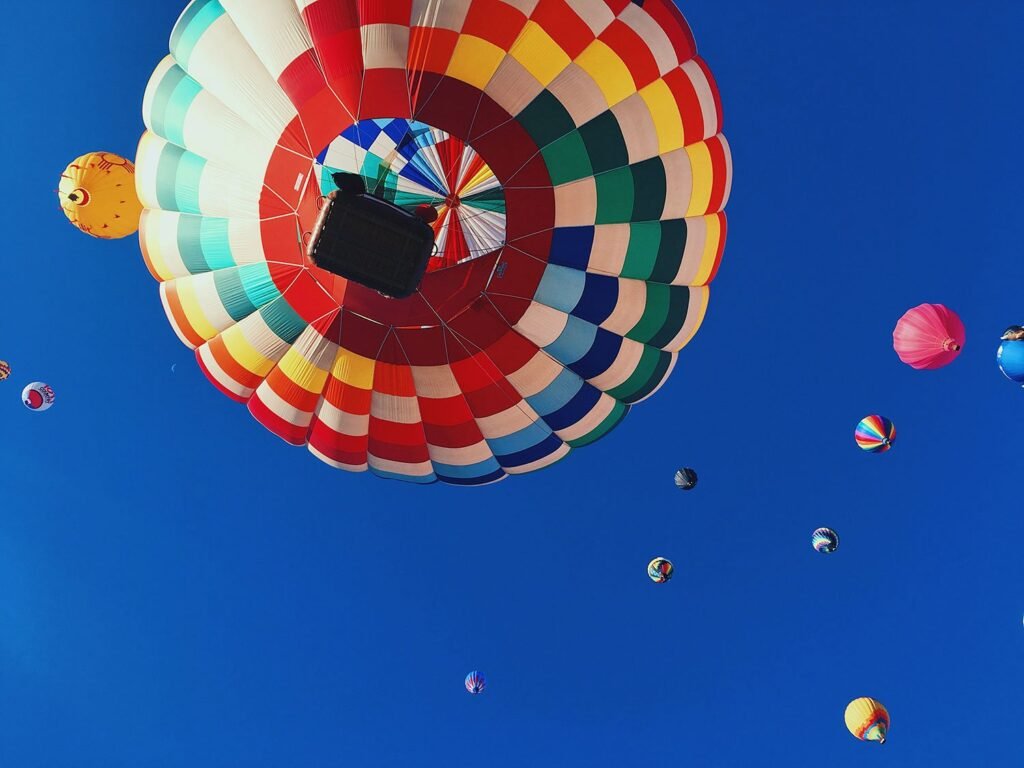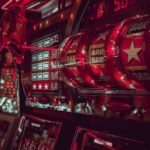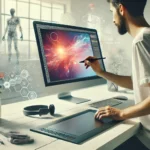AI in Art: Exploring the Role of Artificial Intelligence in Modern Creative Processes

Artificial Intelligence (AI) is no longer just a futuristic concept; it’s rapidly becoming a driving force in many industries, and the art world is no exception. AI’s role in creativity has sparked exciting new opportunities for artists, designers, and creators to explore uncharted territories. From generating artwork to assisting in creative processes, AI is transforming the way art is made, viewed, and consumed. But how exactly does AI fit into the world of art? And what does it mean for the future of creativity?
AI-Assisted Creation: A Collaborative Tool for Artists
AI is being used as a collaborative tool rather than a replacement for human creativity. Artists are increasingly using AI programs to enhance their work, experiment with new styles, and push boundaries. Programs like DALL·E, DeepArt, and Artbreeder use neural networks to generate artwork based on specific inputs. These AI tools can create entirely new pieces or modify existing ones by applying different styles or transforming concepts into visuals.
For instance, Artbreeder allows users to blend and morph images to create entirely new art based on a combination of different photos. AI-generated art is often surprising and unique, offering artists new perspectives and ideas that they may not have considered on their own. The result is a symbiotic relationship between the artist and the machine, where AI acts as a creative partner that assists, rather than replaces, human artistic expression.
The Ethical Implications of AI in Art
As AI becomes more integrated into the art world, questions surrounding authorship, originality, and ethics arise. One of the most significant debates is whether AI-generated artwork should be credited to the machine or the human who programmed it. Some argue that art created by AI is just as valid as that made by humans, while others believe that creativity is inherently human and should not be attributed to a machine.
The rise of AI in art has also led to concerns about the potential for plagiarism, as AI tools can easily replicate styles or generate works that resemble those of well-known artists. These ethical dilemmas are pushing the art community to re-examine the definition of creativity and the role of technology in shaping artistic expression.
AI-Generated Art and the Rise of NFTs
One of the most exciting intersections of AI and art is the creation of AI-generated artworks that are sold as Non-Fungible Tokens (NFTs). NFTs, powered by blockchain technology, have revolutionized the way digital art is bought, sold, and collected. By providing a way to prove ownership and authenticity, NFTs have opened new avenues for digital artists to monetize their work.
Some artists are already selling AI-generated art as NFTs, allowing buyers to invest in unique pieces created by algorithms. This trend has expanded the scope of art collection, with collectors now able to invest in digital works that were not previously accessible in traditional art markets.
For example, AI artist “Obvious” made headlines when their AI-generated portrait, “Edmond de Belamy,” was sold at a Christie’s auction for over $432,000 in 2018. This sale marked a significant moment in the art world, raising questions about the value of AI-generated art and its place in the global art market.
AI and Art in the World of Animation and Film
AI’s impact is also being felt in the world of animation and film. AI tools are being used to streamline animation processes, create special effects, and even generate entire scenes in movies. In animation, AI algorithms can assist in tasks like character design, background creation, and motion tracking, speeding up production times and giving animators more time to focus on creativity and storytelling.
Film directors and animators are experimenting with AI to create more realistic visuals, from simulating natural environments to generating lifelike facial expressions in characters. AI has also been used to restore old films, enhancing the quality of vintage footage and bringing it into the modern age.
The Future of AI in Art: Infinite Possibilities
The future of AI in art is exciting, with endless possibilities for innovation and experimentation. As AI technology continues to evolve, it will likely play an even more prominent role in the creative process. New AI tools are already being developed that can not only generate visuals but also compose music, write stories, and even design virtual spaces.
Moreover, AI’s ability to learn and adapt will likely result in even more sophisticated and personalized creative tools for artists. Artists may soon be able to collaborate with AI systems that understand their unique style and preferences, creating custom AI assistants to help them bring their visions to life.
In conclusion, AI is revolutionizing the world of art in profound ways, offering artists new ways to create, experiment, and innovate. While there are still challenges to overcome, such as ethical considerations and debates about authorship, the future of AI in art is bright. As technology continues to advance, AI will undoubtedly continue to shape and redefine the artistic landscape, offering endless possibilities for both artists and audiences alike.













